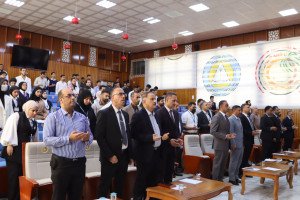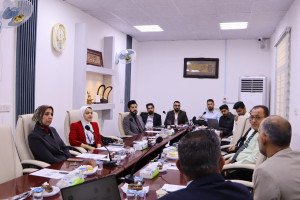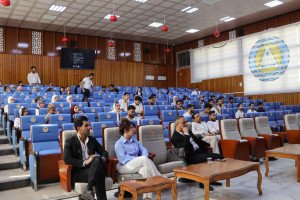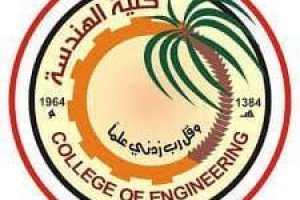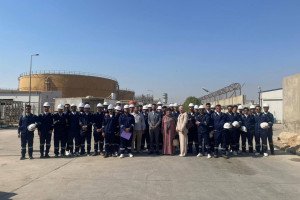
Most previous studies related to the operation conditions and the performance of desalination plants that operate with a reverse osmosis system depend on short-term studies of the variables used in the study, such as temperature, concentration, and the rate of flow of feed water. In this thesis, the limits of these variables were expanded to reach critical levels of concentrations and temperatures that can significantly affect the performance of the desalination plant. The number of experimental attempts reached more than 120 with a synthetic water concentration, temperature, and discharge limits ranging from (1063-9948) mg/l, (10-39)°C, and (7.0-13.3) m3/h, respectively.
These variables were relied upon to determine the operation conditions of the GARO2 desalination plant in Karma Ali, north of Basra. On the other hand, long term operation was relied upon for a period of six months starting from 1/1/2022 and ending on 6/30/2022, during which the station’s performance was monitored using feed water from the Shatt al-Arab. A plan was relied upon that is explained in detail in the third chapter. In this study, a simulation model was created for the GARO2 desalination plant using the Winflows 4.04 program, where the outputs from the program were used to compare with the experimental results and to simulate the same operational conditions in terms of concentration, temperature, and discharge of feed water. It was found that there was a high degree of agreement in the results, with a deviation rate that did not exceed 10%.
The desalination plant was converted from a parallel vessel system to a sieres vessel system as a first scenario to improve the performance of the desalination plant. It was found that the performance of the desalination plant improves at different rates depending on the conditions and input values that represent concentration, temperature, and feed water discharge. On the other hand, it was found that the energy required for operation must be increased due to the increase in concentration polarization and feed pressure necessary to overcome the energy losses that occur in the membranes. Once again, the Winflows 4.04 program was used to create a second scenario to improve the station’s performance (a theoretical scenario) by adding the air stripper to the simulation model. It was found that the performance improvement is limited compared to the first scenario.

